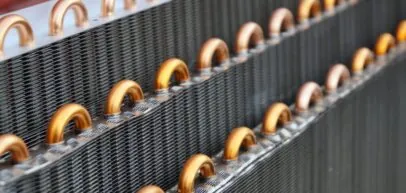What is an Air Handler?
If you’re a homeowner, chances are you’ve probably come across the term “air handler” while dealing with heating, ventilation, and air conditioning (HVAC) systems. But, what is an air handler? How does it work? What role does it play in maintaining your home’s comfort? We’ll delve into these questions and more, providing you with a comprehensive understanding of air handlers, their importance in HVAC systems, how to maintain them, and common problems homeowners face.
This is a complex subject, so get comfortable and prepare to immerse yourself in the world of air handlers. Remember, knowing about this key component of your HVAC system could save you a lot of time, energy, and money in the future.
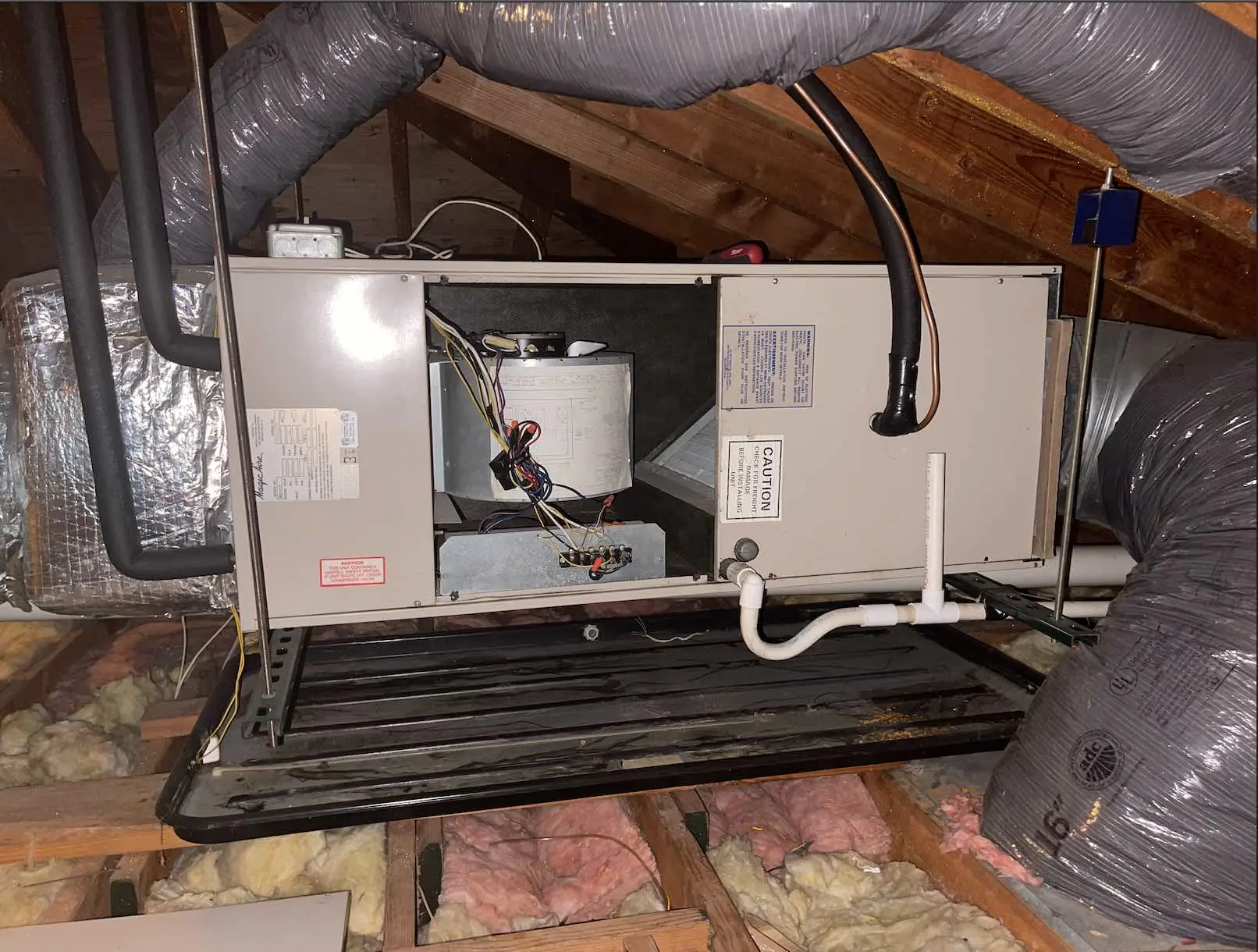
Understanding the Basics: What is an Air Handler?
In the simplest terms, an air handler is a device that circulates conditioned air throughout your home. It is a critical part of your HVAC system, working closely with your air conditioner or heat pump to distribute cool or heated air. However, it’s more than just a simple fan blowing air. The air handler houses several key components that contribute to air conditioning, heating, and circulation.
An air handler is usually located inside the house, often in the attic, basement, or a dedicated closet space. It’s connected to the ductwork that runs throughout your home, allowing for the distribution of conditioned air to different rooms.
But, this is just the tip of the iceberg. To truly understand the role and functioning of an air handler, we need to dissect it and explore its inner workings. Let’s dive in.
The Key Components of an Air Handler
An air handler is more than a simple box that blows air; it’s an intricately designed machine composed of several key components. Each plays a unique role in the process of heating, cooling, or circulating air. Let’s explore these components and understand their functionalities.
Blower/Fan
At the heart of the air handler is the blower or fan. This device is responsible for circulating air throughout your home. It pulls in unconditioned air from various parts of your house, pushes it through the other components for conditioning, and then forces the treated air back into your home through the ductwork.
The speed of the blower can often be adjusted depending on the specific cooling or heating needs. Some modern air handlers feature variable speed blowers that can precisely control airflow, leading to improved comfort and energy efficiency.
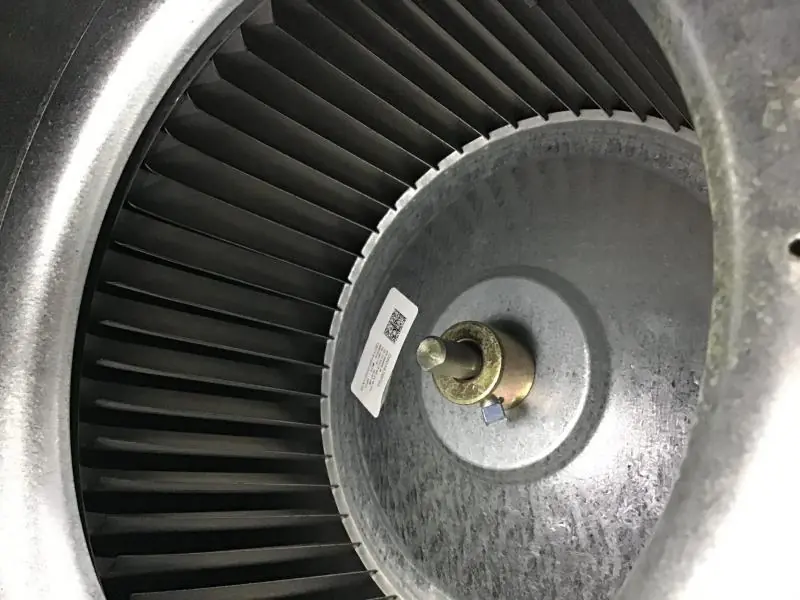
Evaporator Coil
The evaporator coil is another critical component of the air handler. When your system is in cooling mode, the refrigerant (a special liquid that can change states between liquid and gas) flows through this coil. The warm air from your home is blown over the cold evaporator coil. The refrigerant inside the coil absorbs the heat from the air, cooling it down before it’s circulated back into your home.
Moreover, as the warm air passes over the cold coil, it also loses some of its moisture – this is the principle behind the dehumidifying effect of your air conditioner.
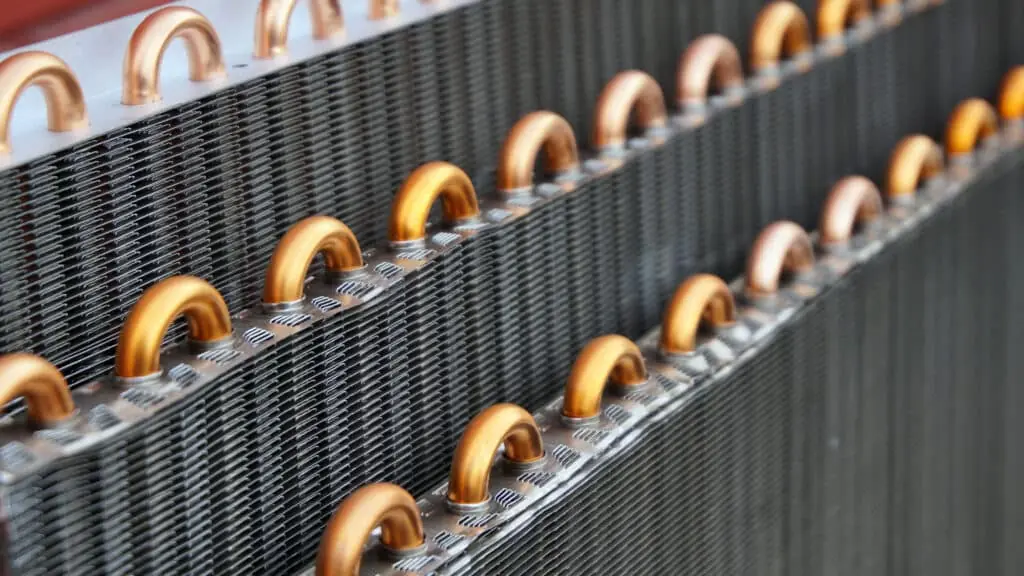
Heating Elements
When in heating mode, the air handler uses electric heating elements or heat strips to warm up the air. These work like the heating elements in an electric oven or a toaster. When electricity passes through them, they heat up, and the blower circulates air over these hot elements, thereby warming it before it’s distributed throughout your home.
It’s important to note that not all air handlers have heating elements – it depends on whether your HVAC system uses the air handler for heating or if you have a separate furnace.
Air Filter
Before the air is conditioned, it passes through an air filter. This essential component removes particulates like dust, pollen, and other contaminants from the air. Not only does this improve the air quality in your home, but it also prevents these particles from accumulating on the evaporator coil or other parts of the system, which could reduce the efficiency and lifespan of your HVAC system.
Air filters need to be replaced or cleaned regularly to maintain their efficiency.
Dampers
Air handlers are also equipped with dampers, adjustable plates that control the flow of air within the ductwork. By opening and closing, these dampers can control the volume and direction of air, helping to balance the distribution of conditioned air to different areas of your home.
Now that you understand the essential components, let’s examine how they all work together in an air handler.

How Does an Air Handler Work?
Whether your HVAC system is heating, cooling, or merely circulating air, the air handler plays a crucial role. While the process may differ slightly based on the specific function, the general steps remain the same.
- Intake: The process starts when the blower in the air handler draws in unconditioned air from your home through return ducts. This air might be warm, cool, humid, or full of particulates, depending on the conditions within your house.
- Filtration: The unconditioned air first passes through the air filter. This step is essential for improving indoor air quality and maintaining the health of your HVAC system. The filter traps dust, pollen, pet dander, and other airborne particulates, ensuring only relatively clean air passes through the rest of the system.
- Conditioning: After filtration, the air reaches the evaporator coil or heating elements, depending on whether the system is in cooling or heating mode. In cooling mode, the refrigerant in the evaporator coil absorbs heat from the air, cooling it down. In heating mode, the air is warmed up by passing over the electric heating elements.
- Distribution: Finally, the conditioned air is distributed back into your home through the ductwork. Dampers within the air handler ensure the air is balanced and sent to the right areas of the house.
This cycle repeats multiple times per hour, ensuring your home stays at the desired temperature and humidity levels.
Different Types of Air Handlers
There’s no one-size-fits-all when it comes to air handlers. They come in different types, each designed to meet specific needs. Let’s look at the three main types of air handlers:
Residential Air Handlers
Residential air handlers, as the name suggests, are designed for homes and small commercial spaces. They’re generally compact and are often integrated with an air conditioner or heat pump to form a complete HVAC system.
Commercial Air Handlers
Commercial air handlers are larger and have more complex designs. They’re used in office buildings, factories, or any large commercial spaces that require a substantial amount of heating or cooling. Some commercial air handlers even have additional components, like humidifiers or economizers, for better control over the indoor climate.
Make-Up Air Units
Make-up air units (MAUs) are a specialized type of air handler used in settings where indoor air quality is a priority, such as restaurants, laboratories, and healthcare facilities. These units not only condition the air but also replace it entirely with fresh, outdoor air. This helps to manage odors, control humidity, and maintain a healthy indoor environment.
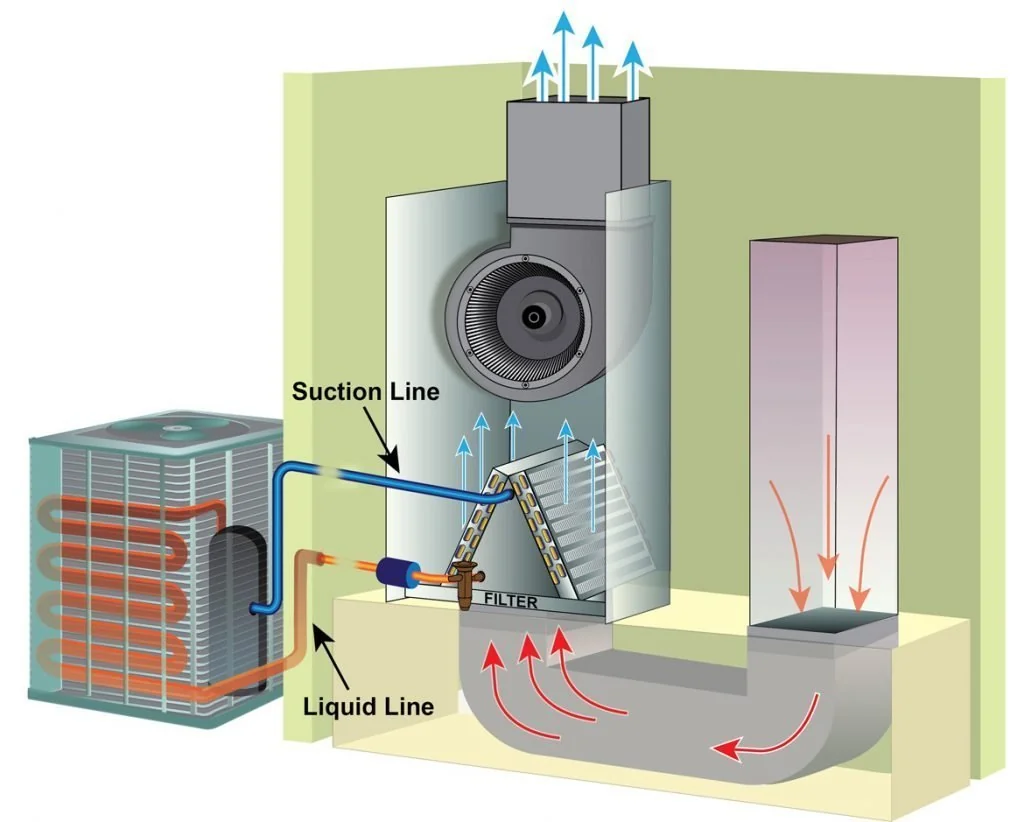
The Importance of Air Handlers in HVAC Systems
The air handler is the heart of any HVAC system, responsible for the circulation of conditioned air throughout your home. Without a properly functioning air handler, your HVAC system would struggle to maintain a comfortable indoor climate.
Let’s examine why air handlers are so essential:
Improved Comfort
- The air handler ensures that your home maintains a consistent temperature and humidity level, regardless of the weather outside. This greatly enhances comfort within your home.
Better Air Quality
- Thanks to the air filter in the air handler, dust, pollen, and other airborne particulates are removed from the air. This can significantly improve indoor air quality, especially for individuals with allergies or respiratory conditions.
Energy Efficiency
- By regulating the flow of air and effectively conditioning it, the air handler plays a crucial role in the energy efficiency of your HVAC system. A well-maintained air handler can help lower your energy bills and reduce your environmental footprint.
Common Problems with Air Handlers & Solutions
Like any machine, air handlers can encounter problems that affect their performance. Understanding these issues and their solutions can help you maintain an efficient HVAC system. Here are some common problems and what you can do about them:
Clogged Air Filters
One of the most common issues with air handlers is clogged air filters. Over time, dust and other particulates can accumulate on the filter, restricting airflow. This not only reduces the efficiency of your HVAC system but can also cause other problems, like ice formation on the evaporator coil.
Solution: Regularly check and replace your air filters. The frequency will depend on the type of filter you use, the air quality in your home, and whether you have pets. However, a good rule of thumb is to check your filter once a month and replace it at least every 3 months.
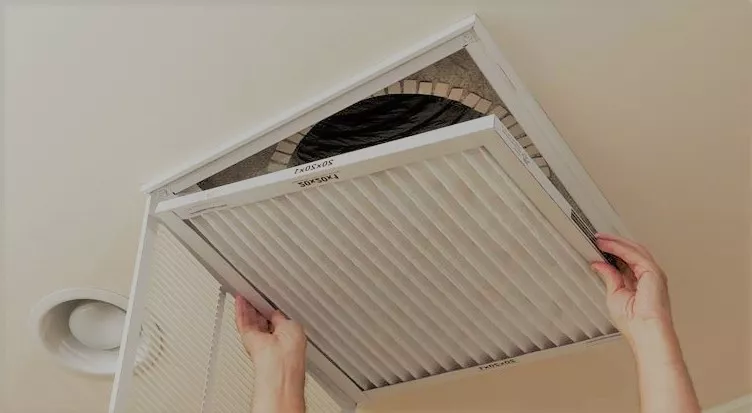
Faulty Blower Motor
If your blower motor fails, your air handler won’t be able to circulate air, leading to discomfort in your home. Signs of a faulty blower motor include unusual noises, poor airflow, or a system that runs continuously.
Solution: A faulty blower motor typically requires professional attention. Contact a trusted HVAC service provider like Paschal Air, Plumbing & Electric to diagnose and fix the problem.
Leaky Ducts
Leaky ducts can reduce the efficiency of your air handler and your HVAC system as a whole. If conditioned air is escaping from your ducts, your system will have to work harder to maintain the desired temperature.
Solution: Regular inspections and maintenance can help detect and seal any leaks in your ductwork. Consider having your ducts professionally inspected at least once a year.
Frozen Evaporator Coil
If your evaporator coil freezes over, it can’t effectively cool the air, leading to poor performance and possible system breakdowns. This often happens when there’s insufficient airflow, such as from a dirty air filter, or if the refrigerant is low.
Solution: Regularly change your air filter to maintain good airflow and have your HVAC system serviced annually to ensure the refrigerant level is adequate. If you notice ice on your evaporator coil, turn off your system and contact a professional.
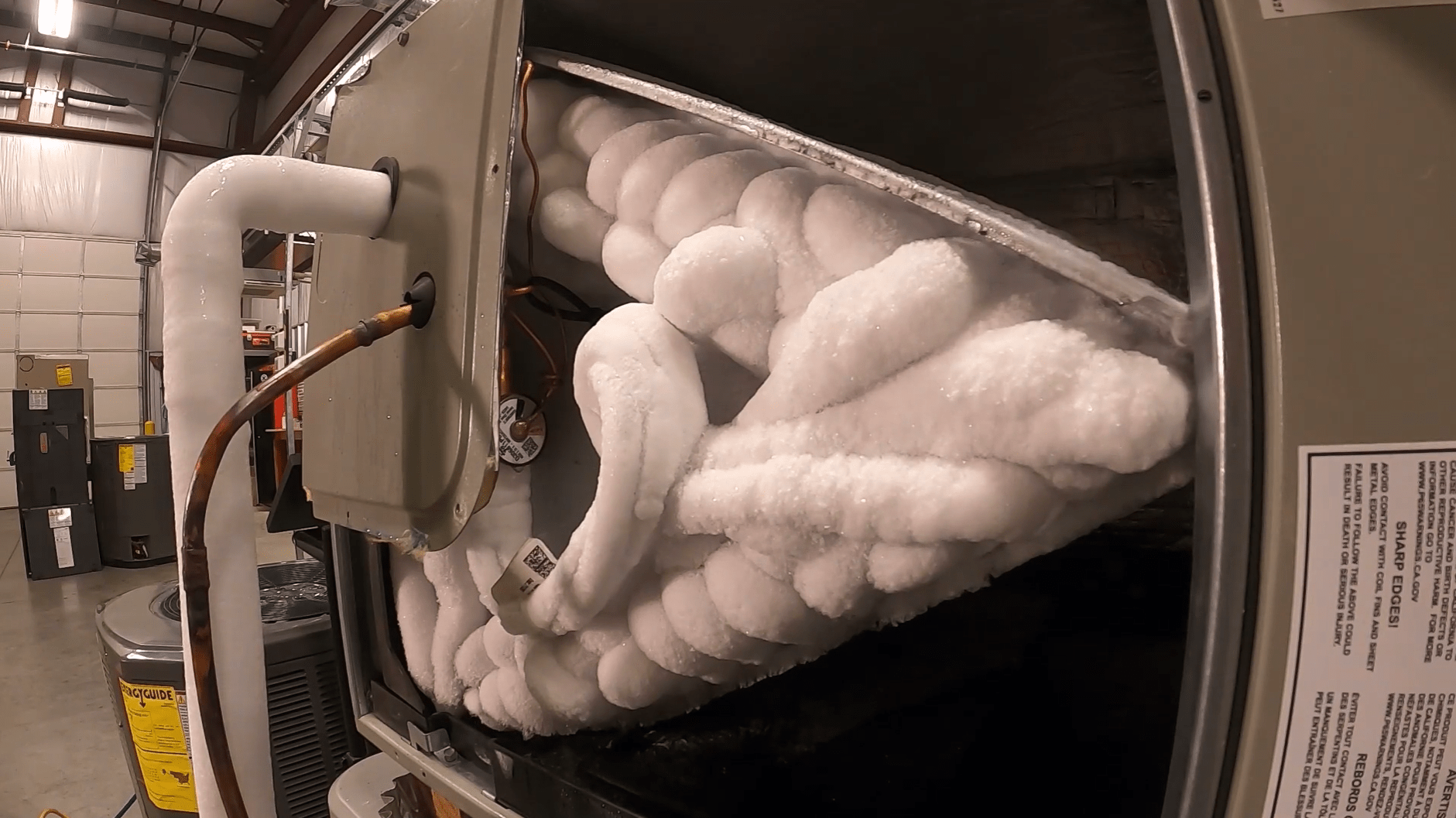
Maintenance Tips for Air Handlers
Maintaining your air handler is key to the longevity and efficiency of your HVAC system. Here are some tips to keep your air handler in top shape:
- Regular Filter Changes: As mentioned, a clean filter is critical to the performance of your air handler. Check your filter monthly and replace it as needed.
- Annual Inspections: Have a professional inspect your HVAC system at least once a year. They can check for potential problems, like leaks or faulty components, before they cause serious damage.
- Keep the Area Clean: Keep the area around your air handler clean to prevent dust and debris from entering the system. This is especially important if your air handler is located in a basement or attic where dust can accumulate.
- Listen for Unusual Noises: If your air handler starts making unusual noises, like rattling, buzzing, or squealing, it could be a sign of a problem. Contact a professional if you notice anything out of the ordinary.
FAQs
Q: Where is the air handler located?
- A: The air handler is usually located inside the home, often in the attic, basement, or a dedicated closet. It needs to be connected to the ductwork that runs throughout your home.
Q: Can I use my HVAC system if the air handler is not working?
- A: Without a functioning air handler, your HVAC system will struggle to circulate air properly. While the system might still produce warm or cool air, it won’t distribute it effectively, leading to uneven temperatures and discomfort.
Q: How often should I replace the air filter in my air handler?
- A: It’s a good rule of thumb to check your air filter once a month and replace it every 3 months. However, if you have pets, allergies, or poor air quality in your home, you may need to replace it more frequently.
Q: How long does an air handler last?
- A: With proper maintenance, an air handler can last between 10 to 15 years. However, this can vary based on the quality of the unit, the conditions in which it operates, and how well it’s maintained.

Contact the Professionals at Paschal Air, Plumbing & Electric
Understanding your air handler is key to optimizing the comfort and air quality in your home. With the right care and maintenance, this essential component of your HVAC system can provide years of efficient service, keeping your home comfortable in every season.
However, we understand that dealing with HVAC systems can be complex and sometimes overwhelming. That’s why we’re here to help. At Paschal Air, Plumbing & Electric, we have the expertise and experience to handle all your HVAC needs, from routine maintenance to system repairs and replacements.
If you need assistance with your air handler or any other aspect of your HVAC system, don’t hesitate to schedule an appointment with our team of professionals. We’re committed to delivering top-quality service that ensures your comfort and satisfaction. Remember, when it comes to the comfort of your home, trust only the Professionals at Paschal.
Air Conditioning Resources
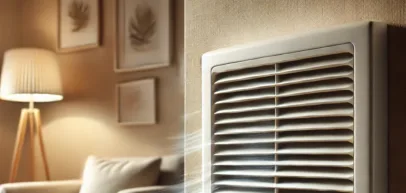
Air Conditioning
Does Closing Vents Redirect Air Throughout Your Home?
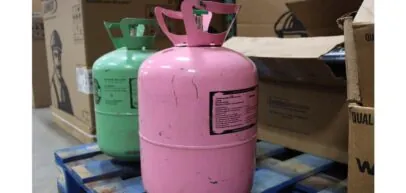
Air Conditioning
R-22 Refrigerant Phase-Out: What to do if you Have an R-22 HVAC System
